- Home
- >
- Preservation Archaeology Blog
- >
- Footprints
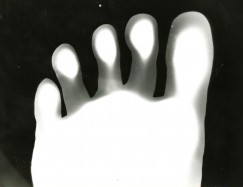
There have been some interesting archaeological news stories in the last couple of months revolving around the discovery of incredibly preserved human footprints. These stories, coming one right after the other, really got me thinking more about other known instances of footprints in the archaeological record, what those footprints tell us about life in the past, and how their existence creates—at least for me—a connection to people who lived in the past.
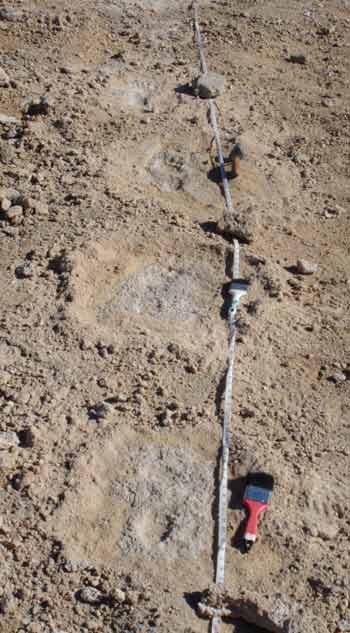
The first story was in the news at the end of 2013, but starts more than fifty years ago in 1961, in the deserts of northern Mexico. During highway construction through a stretch of Chihuahuan desert, workers found a pair of human footprints, preserved in the mud of an ancient cienega (spring). They excavated the footprints and the surrounding soil around them and brought them to a local museum, where they remain today. In 2006, a team of archaeologists returned to the general area where the 1961 footprints had been found (the specific location is not known) and located eleven other footprints, which were dated to more than 7,000 years ago. Amazingly, when the pair of footprints discovered in 1961 were directly dated, they returned dates of approximately 10,500 years ago, making them the oldest human footprints in North America discovered to date. As you look at these pictures, remember that you’re looking at the impression of a foot made by a person walking across a marshy oasis in the desert about 350 human generations ago.
The second story was in the news over the last few days and involved a MUCH older set of footprints in Europe. Researchers working Happisburgh, a small village on the east coast of England in Norfolk, made a quite surprising and interesting discovery through a detailed and multidisciplinary study of a series of impressions preserved along the seashore in ancient estuary mud. Happisburgh was already known as one of the oldest known locations of human activity in northern Europe. Researchers conducted additional investigations at the site including digital photography, scanning, and compositing images of the strange impressions found preserved along the coast at the site. Based on their study, and incorporating several lines of evidence, they argue that several of the impressions represent footprints left by as many as five people (the tallest of whom was probably about 5’9″) approximately 800,000 years ago. Although no bones have been recovered at the site, based on the date range, the most likely candidate for having made these prints were likely a pre-human hominin known as Homo antecessor (or Pioneer Man). The Happisburgh footprints are the oldest ever observed in Europe.
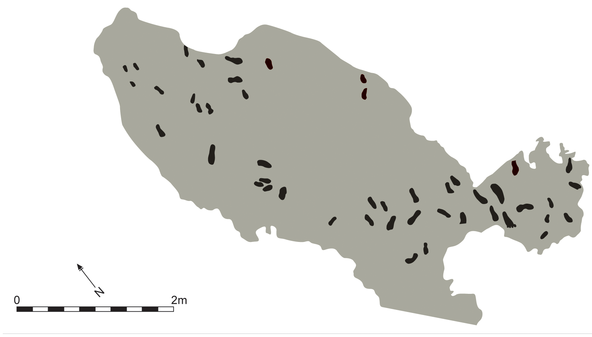
These recent finds are not alone. There are even older examples in Africa, including the famous Laetoli footprints in Tanzania made by a pre-human hominin (possibly Australopithecus afarensis) about 3.6 million years ago! Those important examples suggest that human ancestors even that long ago walked with an upright gait similar to ours. Near Naples, Italy, researchers discovered thousands of footprints left by people fleeing a volcanic eruption of Mount Vesuvius more than 4,000 years ago (the same volcano that later famously buried Pompeii in A.D. 79). The depth and orientation of these prints suggest that many people were running. In the Zuni region of New Mexico, where I’ve done a lot of my own research, there was a strikingly well preserved footprint encountered along the muddy banks of one of the earliest canal segments known in the northern Southwest, likely left more than 2,000 years ago.
Finds like these always make me feel a strong connection to the people of the past. What were these people doing? Where were they going? What were they thinking as they passed? How long had they been traveling? (Did their feet hurt?) I get the same feeling whenever I encounter a fingerprint on a ceramic vessel or a handprint in architectural plaster. Somehow, seeing direct evidence of such small acts by individual people in the past makes these footprints very personal. As a preservation archaeologist, I’m a big fan of the “take only pictures and leave only footprints” motto often attributed to John Muir. It’s amazing to realize that even footprints can make a lasting impression.
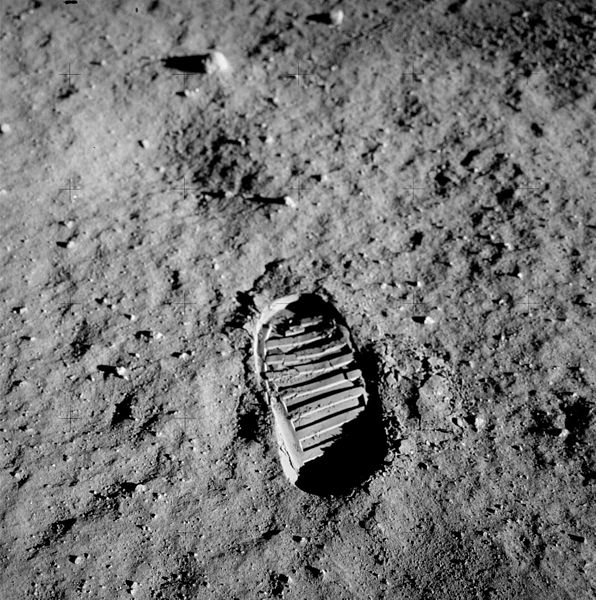
One thought on “Footprints”
Comments are closed.
Explore the News
-
Join Today
Keep up with the latest discoveries in southwestern archaeology. Join today, and receive Archaeology Southwest Magazine, among other member benefits.
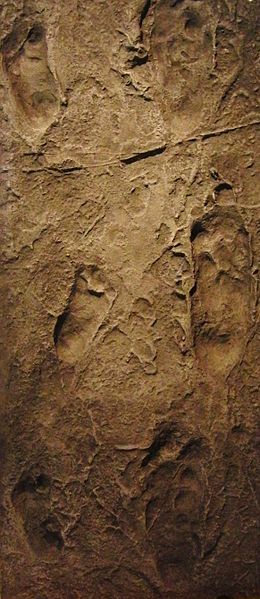
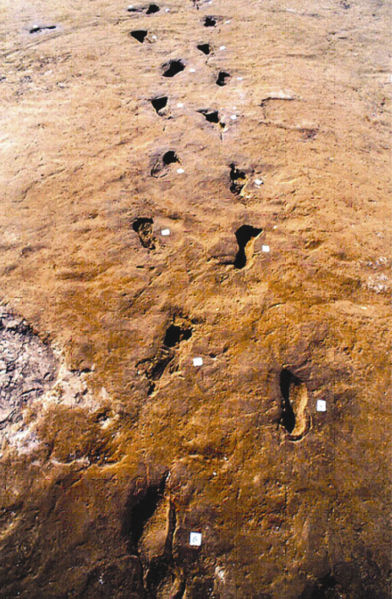
I wonder what they thought as they left those footprints behind them or did they even noticed. The pre-historic people of the American Southwest were probably preoccupied with the basic needs of existence. The very notion of a people in the future finding these prints, let alone preserving and studying, never exciting a transmitting neuron. But here we are, so captivated by the simple indentions in mud.